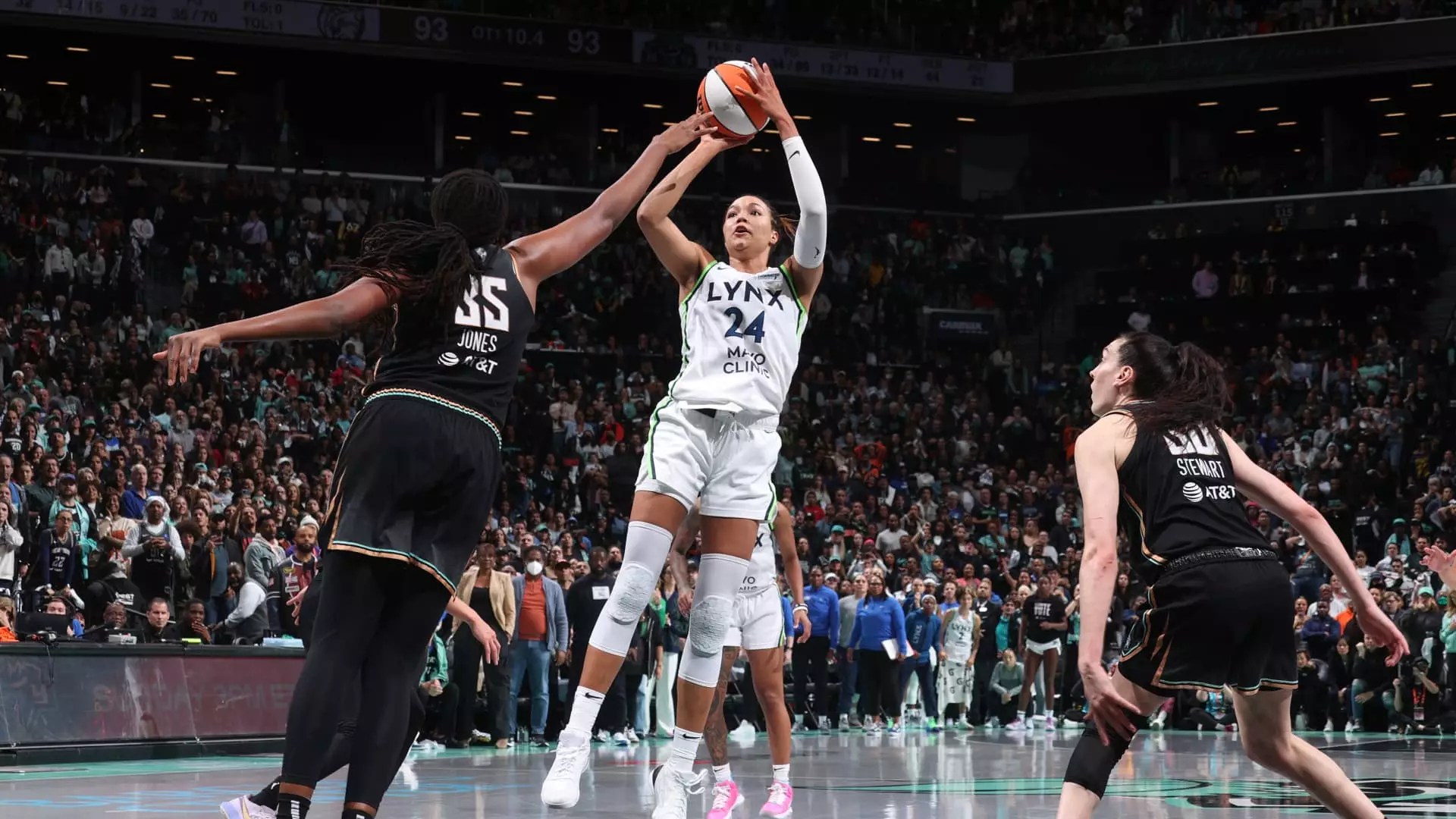The WNBA’s recent announcement to add three new teams—Cleveland, Detroit, and Philadelphia—marks a pivotal moment for women’s professional basketball in the United States. At first glance, this move promises growth and exciting opportunities for a sport previously struggling to gain consistent traction. However, beneath the surface lurk significant challenges and risks that complicate this otherwise enthusiastic step forward. The league’s ambitious plan to triple its expansions over the coming years is admirable, but it demands a closer, more critical look that balances vision with realism.
A Calculated Yet Risky Gamble on Market Revival
Reintroducing franchises in cities like Cleveland and Detroit, both of which previously hosted WNBA teams that folded, is undeniably a bold statement of confidence. Cleveland’s Rockers and Detroit’s Shock had passionate fan bases during their runs, but financial struggles and dwindling attendance led to their demise years ago. Reviving these markets hinges on overcoming entrenched economic and cultural hurdles, including convincing a generation that women’s basketball can compete with established male sports leagues and other entertainment options.
While ownership groups involve NBA counterparts—such as the Cleveland Cavaliers’ owners and Detroit Pistons’ leadership—leveraging these powerful brands presents both opportunity and risk. These owners bring expertise and resources, but the specter of past failures should temper expectations. The $250 million franchise fee sets a new high bar for the WNBA and signals increasing monetization, yet it raises questions about long-term profitability in traditionally challenging markets.
The Strategic Significance of Philadelphia’s Entry
Philadelphia’s inclusion stands apart: a thriving sports city with a rich heritage and passionate fan base. Being owned by Harris Blitzer Sports & Entertainment, which also controls the NBA’s 76ers, offers a structural advantage. Unlike Cleveland and Detroit, Philadelphia has not previously hosted a WNBA team, providing a clean slate to cultivate interest without the shadows of previous disappointments.
However, this also places immense pressure on the franchise to quickly establish itself competitively and financially. The involvement of Comcast as a minority stake holder suggests a propensity for aggressive marketing and media integration. Philadelphia’s success may well become a litmus test for the league’s ability to sustain expansion beyond niche markets.
The Expansion Bubble: Too Much, Too Fast?
The league’s decision to double its size from 13 to 18 teams by 2030 raises fundamental questions about overall competitive quality. Expansion teams, especially in nascent environments, often struggle with talent dilution—a concern that could diminish the league’s product on the court. Are there enough elite players to maintain high-level competition without sacrificing the league’s credibility?
Moreover, expansion fees soaring to $250 million reflect inflated valuations not yet proven by corresponding revenue streams. This pricing could deter potential serious investors in the future or pressure existing teams to increase spending, potentially destabilizing the league’s financial equilibrium.
The WNBA’s acknowledgment of Houston as a future target demonstrates awareness that this expansion is iterative, not final. Still, the choice to bypass other large markets like Kansas City, Miami, and Austin implies a cautious prioritization of basketball tradition and legacy over raw market size or current economic trends.
Ownership and Infrastructure: The Linchpins of Success
The integration of NBA ownership groups is a mixed blessing. On one hand, it guarantees access to superior infrastructure, marketing acumen, and cross-promotional platforms. These alliances enhance operational capabilities and expose women’s basketball to wider audiences through established sports channels.
On the other hand, there is a danger that new WNBA teams will be treated as side projects rather than primary investments, given the dominant revenue-generating focus on their NBA counterparts. This can result in underfunding, insufficient fan engagement initiatives, and competing priorities that limit the growth potential of women’s basketball franchises.
Why This Expansion Is a Test of America’s Sporting Values
At its core, the WNBA’s expansion confronts American sports culture where center-right liberalism often wrestles with evolving societal values. These expansions symbolize more than the growth of a league—they represent an opportunity to promote gender equity in professional sports within a commercially viable framework.
Yet, the WNBA walks a fine line between idealism and business pragmatism. Success will depend not only on monetary investment but on cultivating grassroots support, innovative media engagement, and genuine integration into the cities’ sports fabric. If done right, it can challenge the status quo of male-dominated sports without compromising standards or profitability.
Conversely, failure to meet these benchmarks could reinforce skepticism toward the commercial future of women’s professional leagues and stall progress in gender representation in sports.
The WNBA’s expansion promises a transformative path. But this journey demands critical, strategic investment and a willingness to confront the entrenched obstacles that have long defined women’s professional basketball in America.

